I am a Zoroastrian Irani. Which means that the festival of the spring Equinox or Navroze, which marks the onset of the Persian new year is the primary festival celebrated at home. To a lot of people all over the globe Navroze means a lot of things – a time for prayers, a time to be thankful, a time to remember God, a time for celebration. But for me Navroze is incomplete without three things – tradition, food and family.
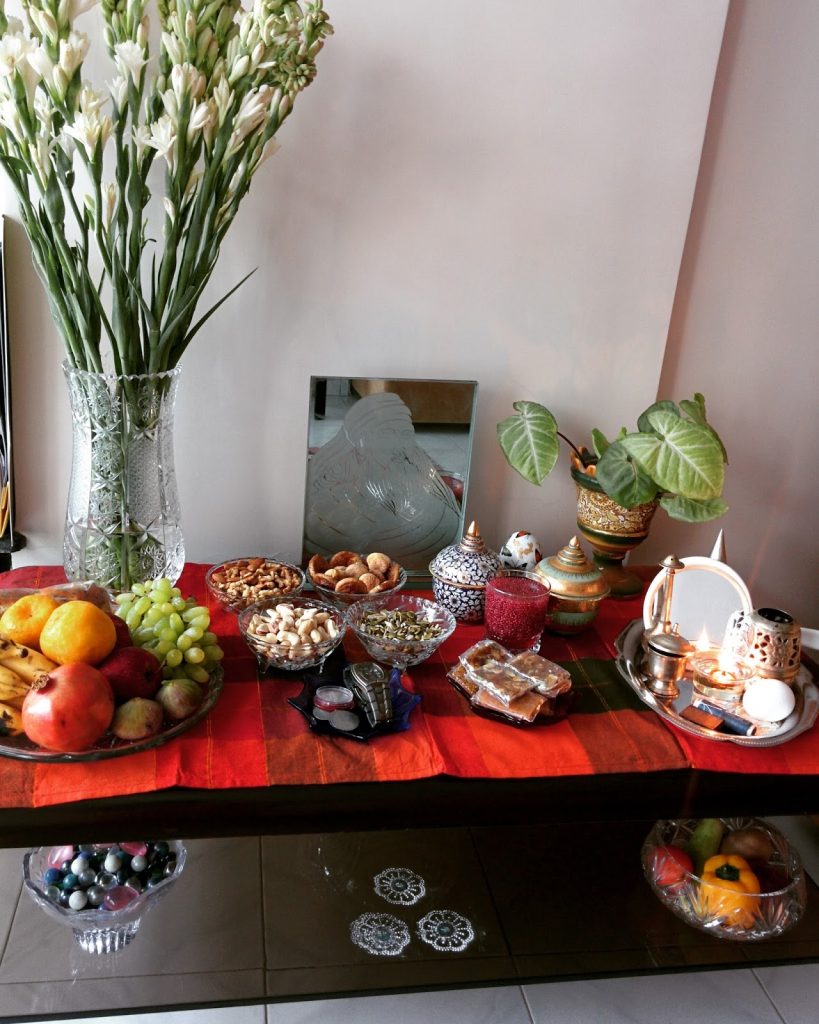
Growing up, festivals meant a lot more than they did now. For some reason Diwali or Holi celebrations always seem grander and funner when you look through the eyes of a child. The same holds true for Navroze as well. All through my early years – as a chubby schoolgirl to an adolescent pre teen – Navroze was celebrated at my Mamaiji’s (maternal grandmother) beautiful Bandra home. And I have the fondest memories of those. This post is an attempt to clutch on to those few, remaining childhood Navroze memories before they dwindle out in the chaotic mess that is adulthood. And to thank my grandmom (who is an ardent and avid reader of this blog) for introducing me to the magic of the Navroze table.
Tradition
Laying out the Navroze table is what is the most important aspect of this festival – a practice that originated in Iran. Each item on the table has a symbolic representation and a reason for being there, something I learnt much later in life. As children we just thought of a 24 hour, all you can eat buffet laden with nuts and sugar!
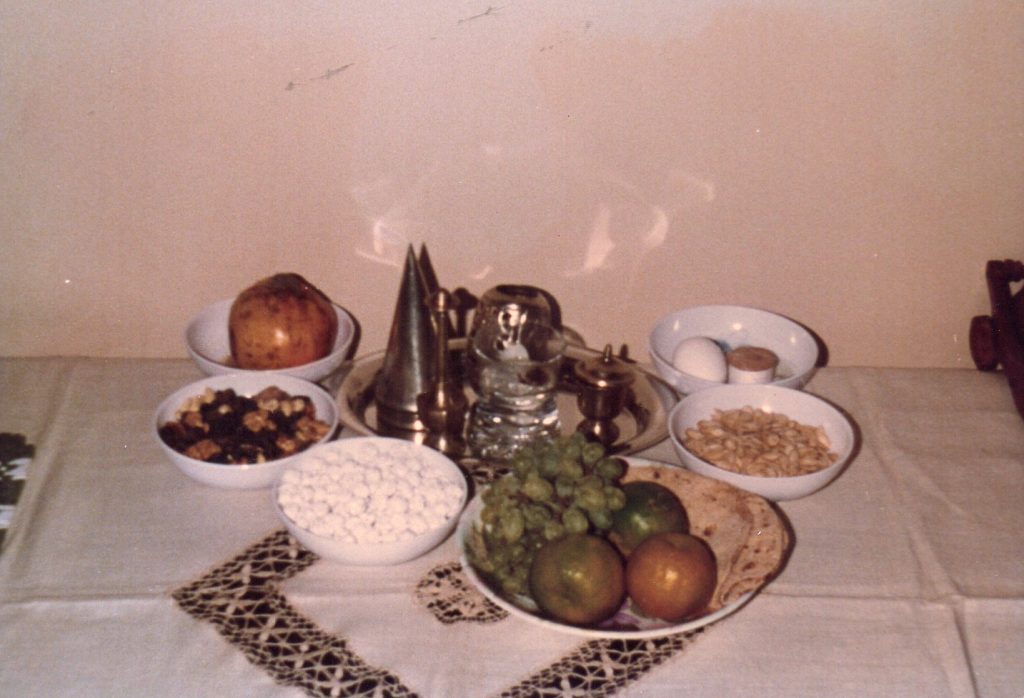
Seven compulsory items go on a traditional Irani Navroze table, called ‘Haft Seen’ traditionally –
Sabzeh or sprouted lentils symbolizing rebirth
Samanu or sweetmeats symbolizing affluence
Senjed or dried olive fruit symbolizing love
Seer or garlic symbolizing medicine and health
Seeb or apple symbolizing beauty
Somaq or a red fruit such as sumac or pomegranate symbolizing sunrise
Serkeh or vinegar symbolizing old age and patience
Having these on the table ensures their abundance all year around, though a lot of these rituals underwent cultural and geographical modifications as they came to India, and each family adopts their own practice over a period of time.
In our home we even had my goldfish Guppy occupy space of prime importance on the Navroze table for the longest time, as a symbol of life and living. We missed him this year. RIP Guppy Irani.
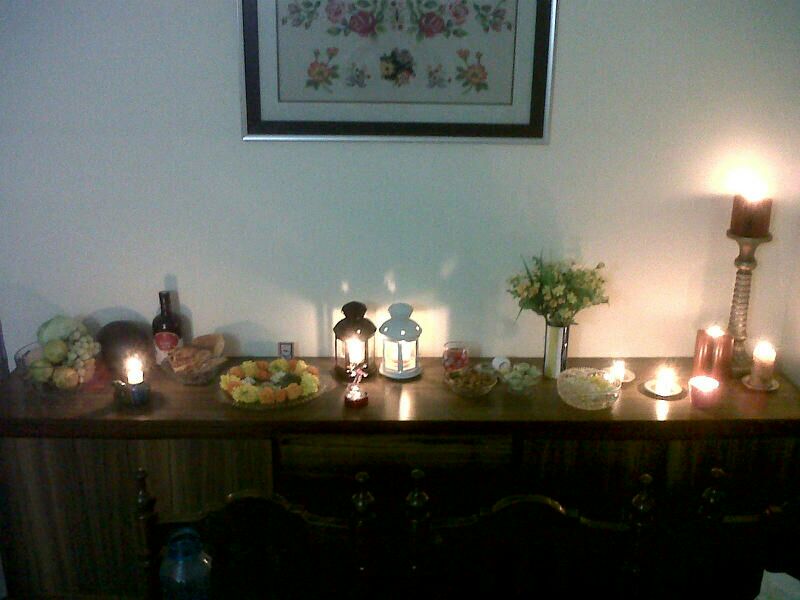
Food
The best part of Navroze celebrations in my opinion, is pigging out on the goodies that lay on the table. As I said earlier; 24 hour, all-you-can-eat, sugar buffet! Endless supply of falooda, orange jalebis the size of my chubby face, buttery sutterfani from Eros sweets in Bandra, kulfi from Parsi Dairy farm – I remember it all. And then there is the Gaz! The sticky, nougat candy imported from Iran once a year. Now it is available freely in the market, all year around but the joy was in waiting for it to arrive once a year during Navroze. All this sugar in our systems would ensure we would be bouncing off walls the entire day. #SugarRush
And then there is the food. Masala Dal with chicken pulao, fried fish, kolmi no paatiyo, with assorted kebabs and cutlets. I am using the joyous opportunity of Navroze to break two popular Parsi food myths. Firstly, berry pulao is not a traditional Zoroastrian dish and very rarely would you find it made in your Parsi friends home. It is a dish popularized by Irani Cafes and Parsi restaurants in Mumbai, hence become synonymous with Parsi cuisine. Secondly, Dhansak is not eaten on auspicious days such as Navroze or weddings. It is usually made on the fourth day after a death in the family, so you’ll never find it on a Navroze special menu!
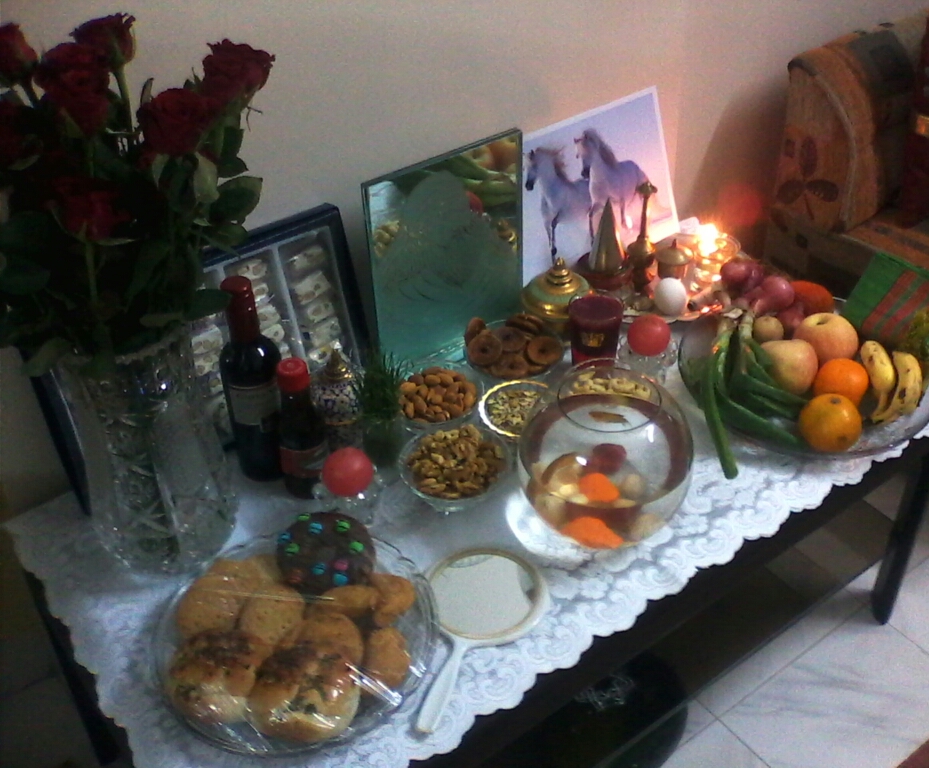
Family
Just like most festivals, the real fun of Navroze lies in celebrating it with family. The one day of the year where everyone compulsorily gathers under one roof, breaks bread, and makes merry. New clothes, visits to the fire temple, and attending a Parsi play at the end of the day are how most Parsis end up celebrating. For the longest time, we would all religiously assemble at my Mamaiji’s beautiful Bandra home – complete with delicious food and voracious laughter!
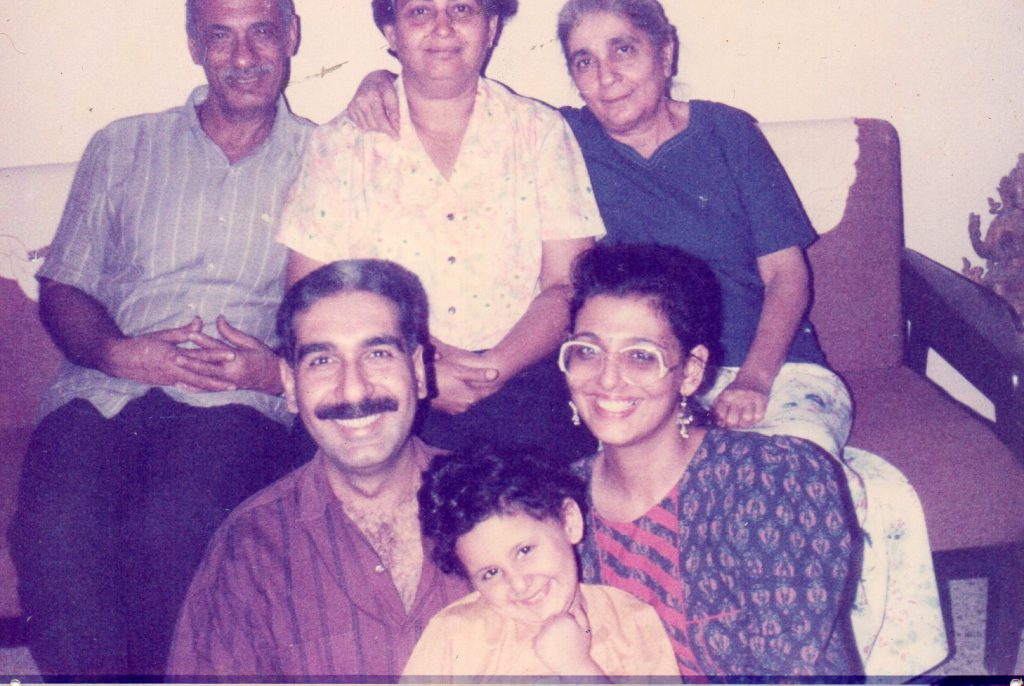
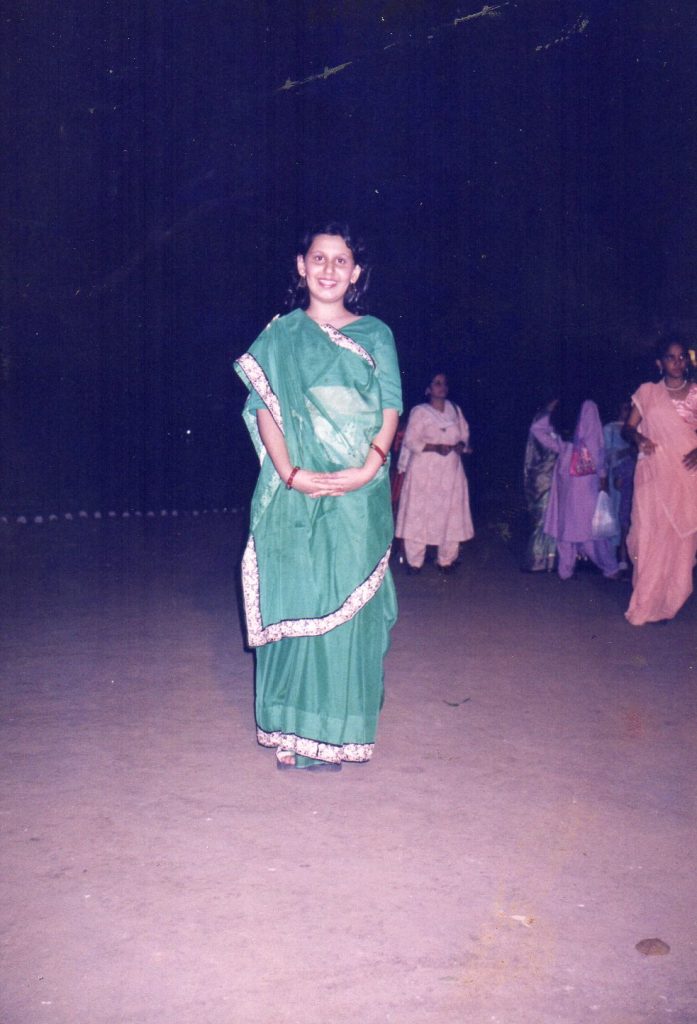
This Navroze I sit alone at home typing this post out. The table is lit. New clothes are worn. But I haven’t been able to recreate the Navroze of my childhood, no matter how hard I’ve tried all these years. I write this out, trying to clutch onto the memories of my childhood Navroze. A time when we cousins would fight over who would get to sprinkle rose water to welcome guests who entered. A time when we ate to our hearts content, without worrying about calorie intake and having to photograph ones meal. A time when religion and rituals came from the heart, and did not feel forced upon.
Navroze Mubarak to all my readers. May this new year bring you good thoughts, good words, good deeds, and good food. Amen.

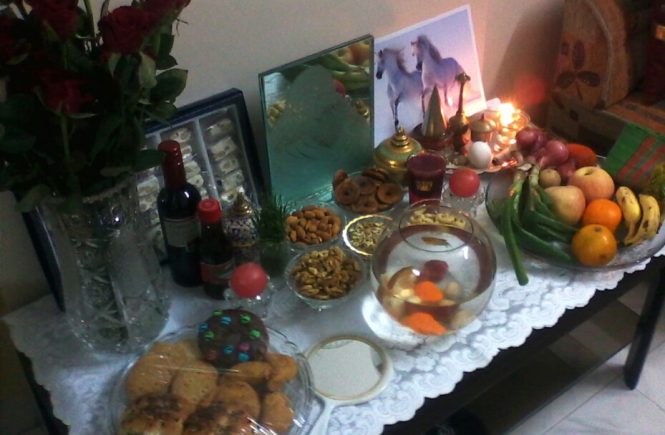
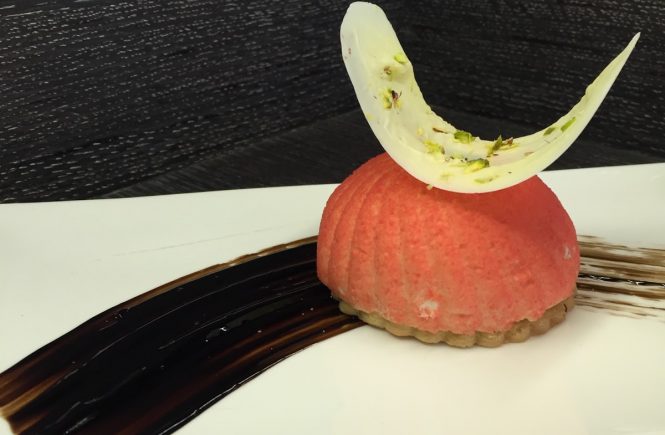
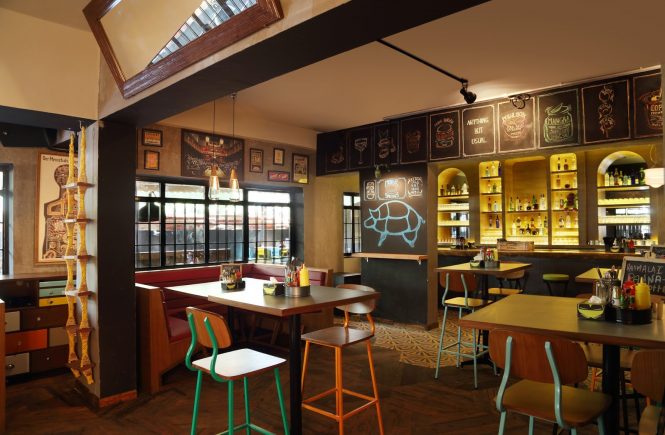
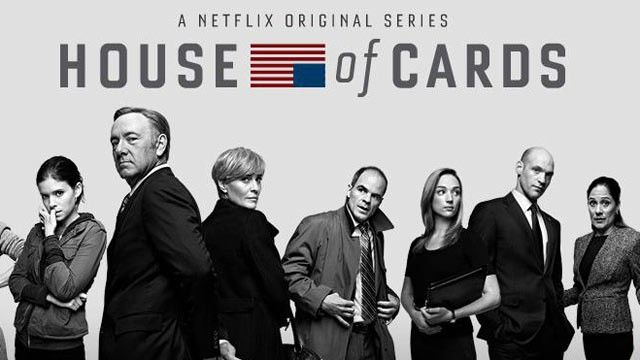
10 Comments
Zee, very interesting and knowledgeable. Excellent.
Zenia enjoyed reading your article. Keep it up.
Zee, very interesting and knowledgeable. Excellent.
Hope you have a nice evening. Navroze Mubarak
Thank you teena fui 🙂
Thank you 🙂
Navroze Mubarak to Kainaz and you too. Have a blessed year ahead.
One of your most beautiful and heartfelt posts. Can make you that you poured your heart into this one. Loved it!
Navroze Mubarak, little Zini. 🙂
Thank you Bini. Wishing you Navroze Mubarak as well.